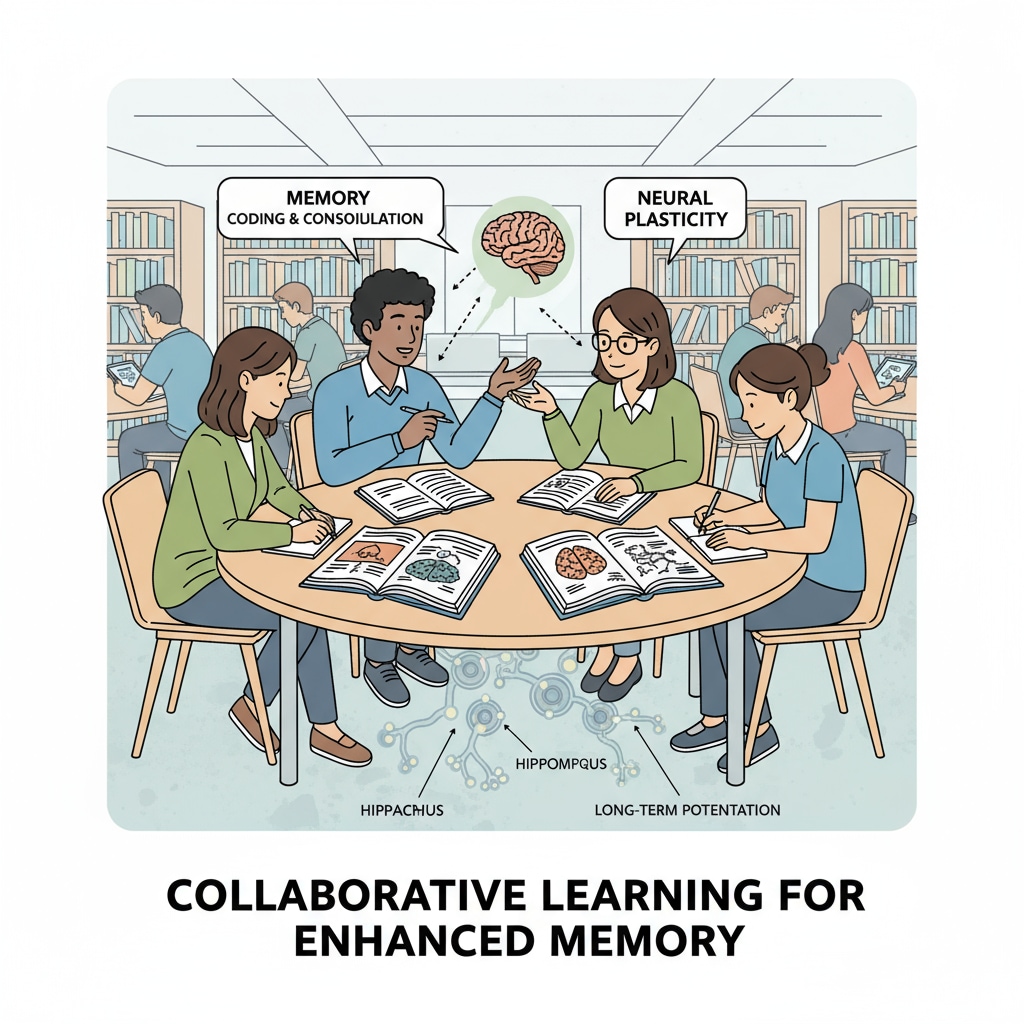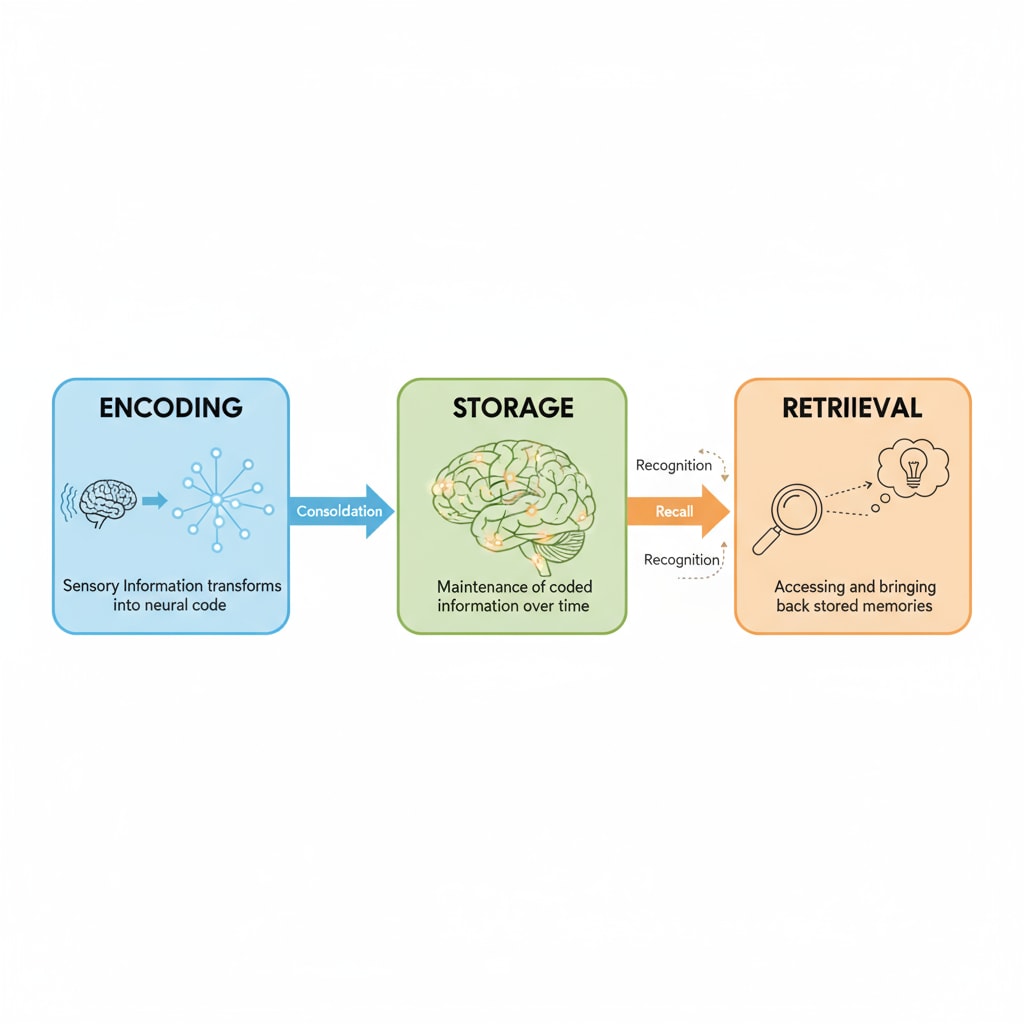Photographic memory, memory development, and ability cultivation are topics that have long intrigued parents and educators in the K12 realm. The idea of a child possessing a “photographic memory,” where they can seemingly remember every detail after a single glance, has often been regarded as something out of a myth. However, the truth about memory development during the K12 years is more complex and offers opportunities for cultivation.

The Science Behind Memory Formation
Memory formation is a fascinating process. According to Memory formation on Wikipedia, it involves three main stages: encoding, storage, and retrieval. During the K12 years, the brain is constantly developing, and these processes are becoming more refined. Encoding is like taking a mental picture of information. Younger students may encode information in a more simplistic way, while older students can use more complex strategies. For example, they might associate new knowledge with existing memories, which aids in better storage. This understanding of memory formation is crucial for educators and parents looking to enhance children’s memory abilities.

Debunking the Myth of Photographic Memory
Contrary to popular belief, true photographic memory, also known as eidetic memory, is extremely rare. Most people who seem to have remarkable memories have developed effective memory strategies. As Eidetic memory on Britannica explains, eidetic memory is the ability to recall an image in great detail for a short period after it has been removed from sight. In K12, students who appear to have a photographic memory are often those who have learned to pay close attention, organize information, and use mnemonic devices. Understanding this myth helps parents and educators focus on practical ways to develop memory skills.
Effective memory strategies play a vital role in memory development during K12. Mnemonic devices, such as acronyms or creating mental images, can significantly improve memory. For instance, when learning the order of the planets, students can use the acronym “MVEMJSUNP” (Mercury, Venus, Earth, Mars, Jupiter, Saturn, Uranus, Neptune, Pluto). Additionally, spaced repetition, where information is reviewed at increasing intervals, has been proven to enhance long-term memory. By teaching these strategies, educators can help students cultivate better memory abilities.
Readability guidance: As seen above, we break down complex ideas into shorter paragraphs. Each H2 has a clear explanation and often an example. We use active voice as much as possible and include transition words like “however,” “for example,” and “additionally” to make the flow smooth.


